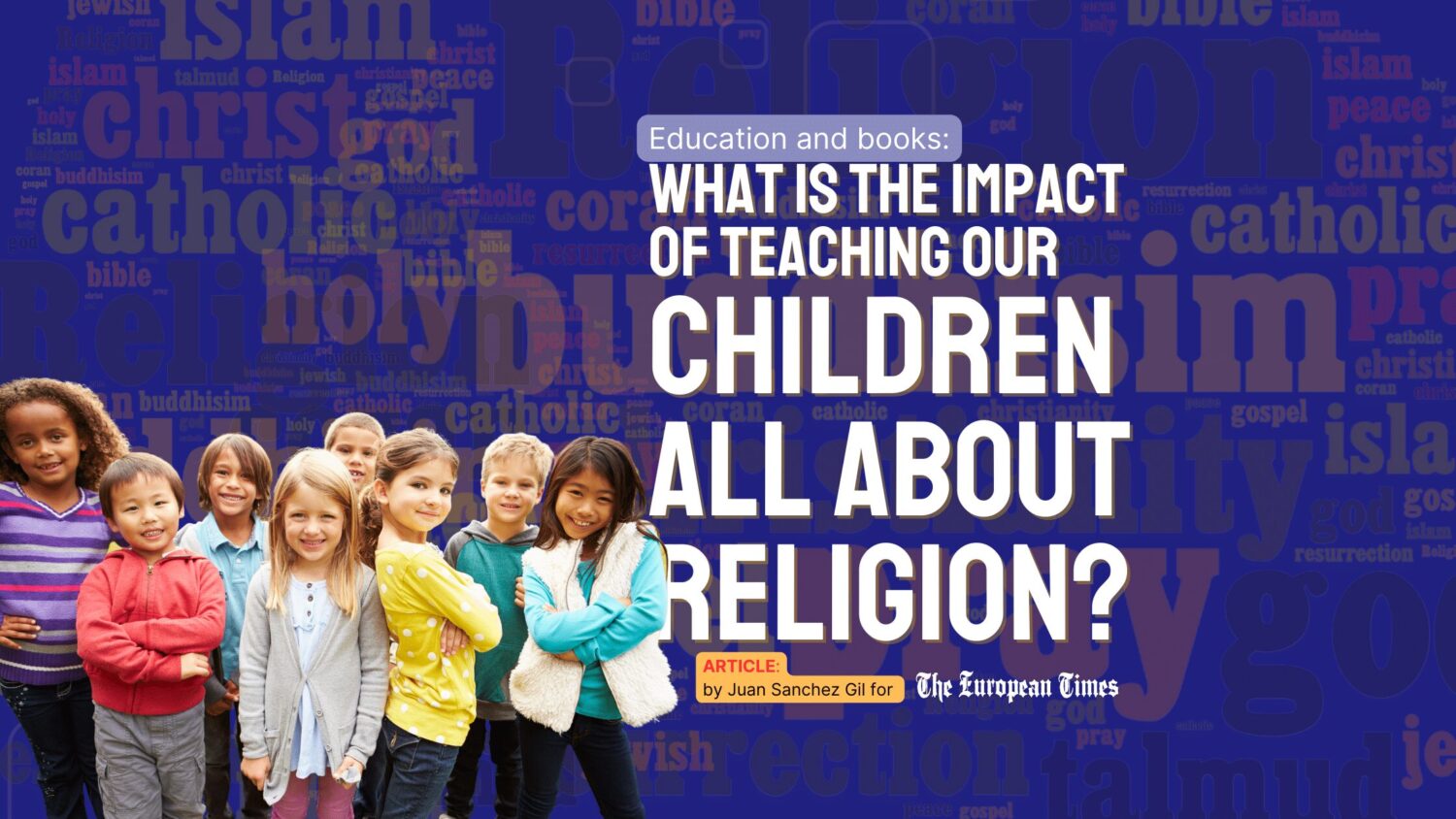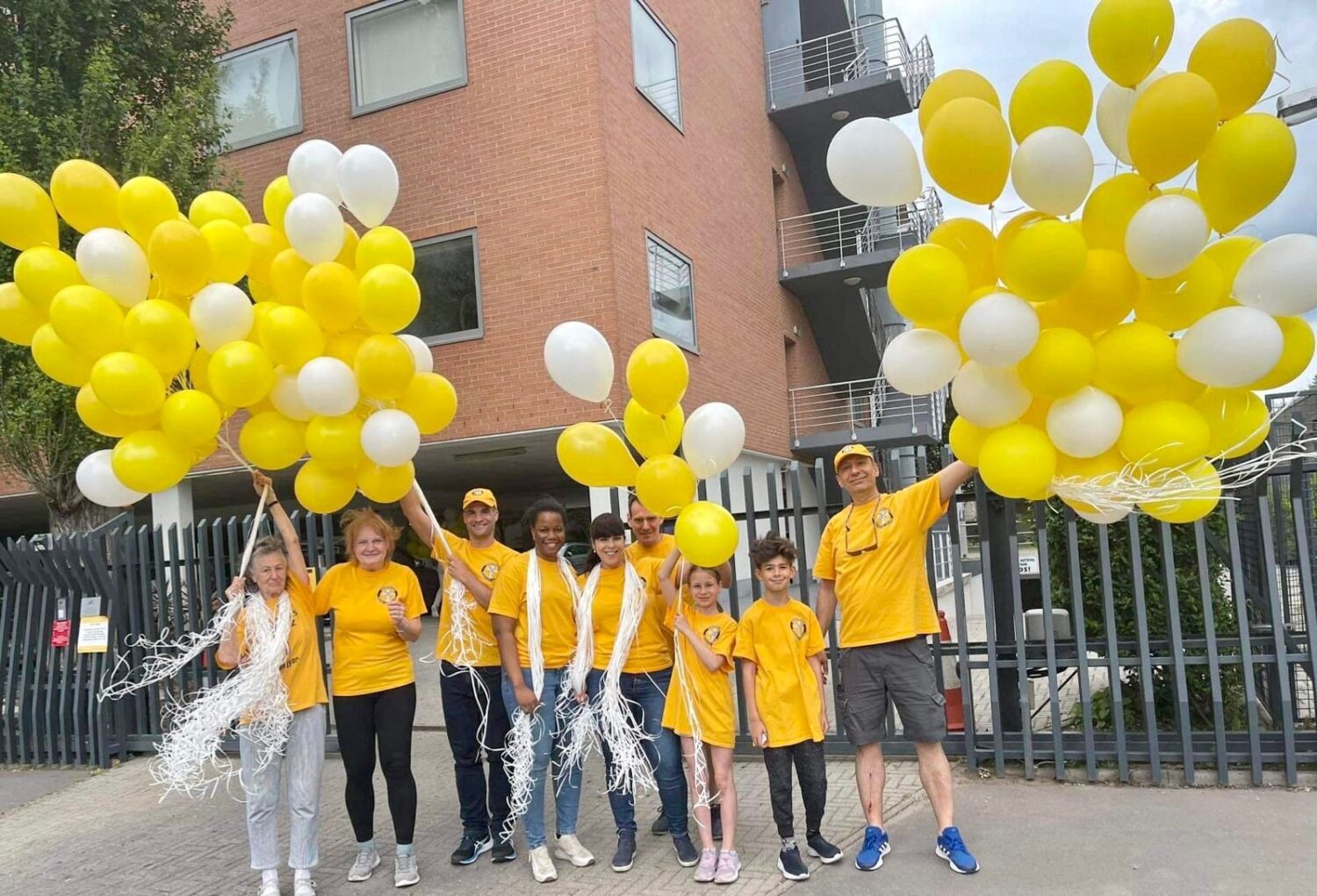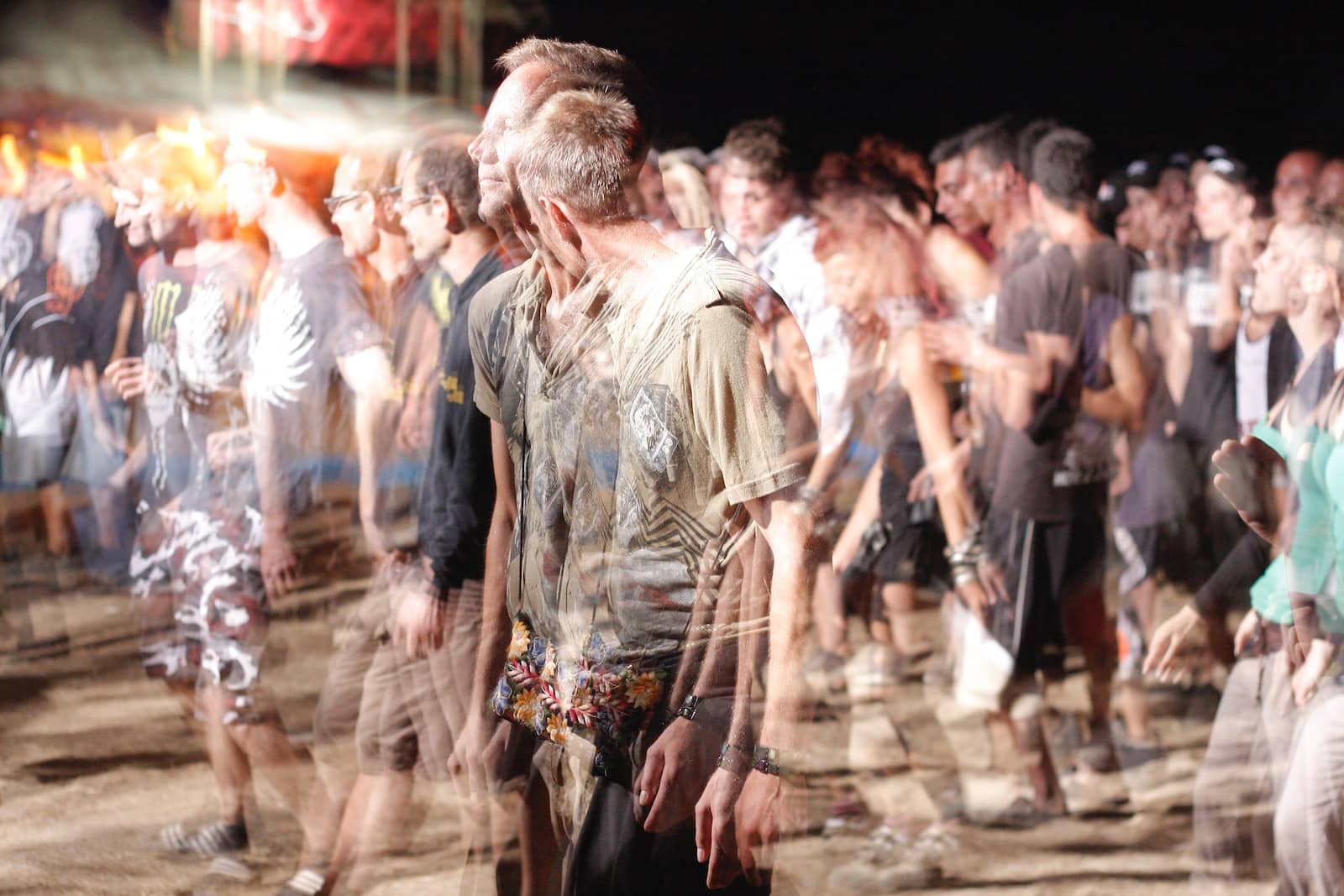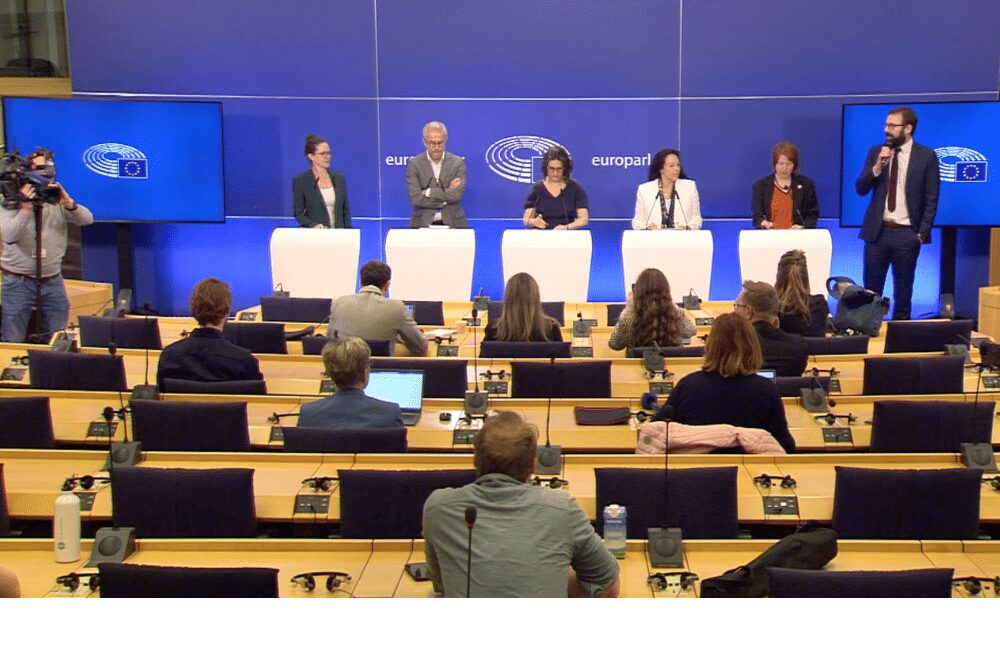Since last summer, the Buenos Aires Yoga School (BAYS) has been pilloried by Argentinian media outlets which have published over 370 news and articles vilifying the school for allegedly trafficking in people for sexual exploitation.
The reality of a big show staged by a prosecutor on the basis of false testimonies from a former disgruntled member of the BAYS is now emerging from serious investigation recently carried out on the spot by foreign scholars. One of them, Massimo Introvigne, the founder and managing director of the Center for Studies on New Religions (CESNUR), an international network of scholars studying new religious movements, has just published a thirty-page report about the BAYS saga.
Human Rights Without Frontiers (HRWF), a Brussels-based NGO in the heart of the European Union district, which defends press freedom but is also known to debunk biased and fake news, has also started its investigation from a human rights perspective.
The 12 August 2022 police crackdown
On 12 August 2022, in the evening, about sixty people in their sixties were attending a quiet philosophy class in a coffee shop located on the ground-floor of a ten-floor building in the State of Israel Avenue, in a middle-class district of Buenos Aires when suddenly all hell broke loose.
Fully armed SWAT team police broke the door of the meeting place and by force entered the building which was the seat of the yoga school, 25 private apartments and professional offices of a number of its members. They went up to all the premises and without knocking or ringing the bells, they violently opened all the doors by force, seriously damaging them. Some residents running after them tried to give them the keys so that they could enter without destroying the entryways but their offer was ignored.
The purpose was obvious: the police wanted to film every part of the operation that was ‘useful’ to justify the crackdown ordered by the prosecutor of PROTEX, a state agency dealing with human trafficking, labor and sex exploitation of persons.
For six-seven hours, they searched all the premises, putting everything upside down. When the police left, almost all residents complained that money, jewels and other items such as cameras and printers were missing but were not mentioned in the search records. As the victims of the raid were never interviewed by the media, the various excesses committed by the police were not publicly reported.
Outside, reporters were taking pictures of the handcuffed people dragged one by one out of the building. It can be assumed that the prosecutor’s office had leaked some information to a few journalists about the raid some time before taking place.
A one-sided video with a statement of the prosecutor carefully staged was quickly leaked and uploaded on YouTube.
Similar needlessly violent raids were carried out in about 50 places around the capital city during all the night.
The media in Argentina labelled the yoga school BAYS “la secta del horror” or “the horror cult” that had allegedly been operating an international prostitution ring for 30 years. In fact, in 1993, the stepfather of a female BAYS member lodged a complaint against Juan Percowicz, the founder of the yoga school, and other people managing the school. He was accusing them of operating a prostitution ring to finance the BAYS but what the media failed to check and to say is that all the defendants had been declared not guilty of all the charges in 2000.
In 2021, war was once more waged against the BAYS and its leadership with the same sort of complaint and accusations as 30 years ago although they had already been judged and declared unfounded.
Accused, arrested and detained
All in all, arrest warrants were issued against 19 persons, 12 men and 7 women. They were all imprisoned and submitted to a very harsh jail regime.
Twelve persons spent 85 days in prison from 12 August to 4 November 2022. In two cases, the Court of Appeals revoked the indictment for being unfounded.
Three others were detained during the same period of time but under two different regimes. After about 20 days behind bars, they were placed under home detention. Among them, Juan Percowicz (84) spent 18 days in prison sharing a cell with nine other prisoners, and 67 days in home detention.
Four defendants were released after 28 days of detention.
On 4 November 2022, the Court of Appeal freed all the remaining defendants from jail. In the meantime, their businesses had either been closed by the authorities or cannot function any more because of the negative media publicity. Almost all of them are now jobless.
Two judges of the Appeal Court still believed there was evidence justifying going on with the case against 17 defendants. Another judge wrote in partial dissent that the court should also have considered whether the case should not have been simply dismissed.
About the legislation
The arrested persons were accused of criminal association, human trafficking, sexual exploitation and money laundering on the basis of Law No 26.842 on Prevention and Punishment of Human Trafficking and Assistance to Victims which on 19 December 2012 amended Law No 26.364 dealing until then with this sort of issue.
Argentina does not criminalize prostitution but it criminalizes the behavior of those who economically benefit from the sexual activity of another person.
A new tougher law, adopted in 2012 under international and domestic pressures, has provisions about victims of human trafficking which are questionable and questioned by legal experts with regards to the norms of international conventions. For example, Law 26.842 puts in the category of victims prostitutes working in prostitution rings, although they deny their condition of victims, but are qualified as such, against their will, by PROTEX.
That controversial law along with its implementation was criticized by assistant prosecutor Marisa S. Tarantino in a book she published in 2021 under the title “Ni víctimas ni criminales: trabajadores sexuales. Una crítica feminista a las políticas contra la trata de personas y la prostitución”/ Neither victims nor criminals: sex workers. A feminist critique of anti-trafficking and anti-prostitution policies. (Buenos Aires: Fondo de Cultura Económica de Argentina).
About the case of nine BAYS female members
In the BAYS case, nine female members of the yoga school lodged a complaint against two prosecutors of PROTEX for abusing their power and naming them victims of sexual exploitation by the BAYS, which they strongly deny.
During his investigation in Argentina in March 2023, Massimo Introvigne, the aforementioned founder and managing director of CESNUR, met some of them and wrote in his report “The alleged ‘victims’ or ‘possible victims’ I met or interviewed showed no signs of having been exploited.”
Moreover, it would be ridiculous to consider this group of women as a gang of prostitutes exploited by the BAYS when you see their profile:
- a 66-year-old social psychologist and professional singer;
- a 62-year-old visual arts teacher and painter;
- a 57-year-old actress, member of the 1997 world champion stage magic team;
- a 57-year-old elementary school teacher and philosophical business coach;
- a 50-year-old woman who was already considered a “victim” and was subjected to an expert opinion in the previous case, which proved that she was neither a victim nor exploited;
- a 45-year-old management graduate;
- a 43-year-old real estate agent;
- a 41-year-old digital marketing professional;
- a 35-year-old real estate agent, macromedia designer, and web designer.
If there are no prostitutes, there is no case and no sexual exploitation. If it was discovered that one or more BAYS members happened to trade sex for money, it would still be necessary to prove that it was based on coercion by BAYS leaders, which the judges recognized there was not in BAYS.
The whole issue looks like a fabricated case targeting the BAYS and the judicial system should easily establish justice but will it?
According to PROTEX records, 98% of the female victims supposedly rescued by them claim not to be victims. Many of them can therefore be considered fabricated cases and there is a reason for this: Special Prosecutor’s office gets a bigger budget and more power as it prosecutes more people.
The complaint of the nine ladies has been turned down by a court of first instance and an appeal court will soon examine it. Let us wait and see.














